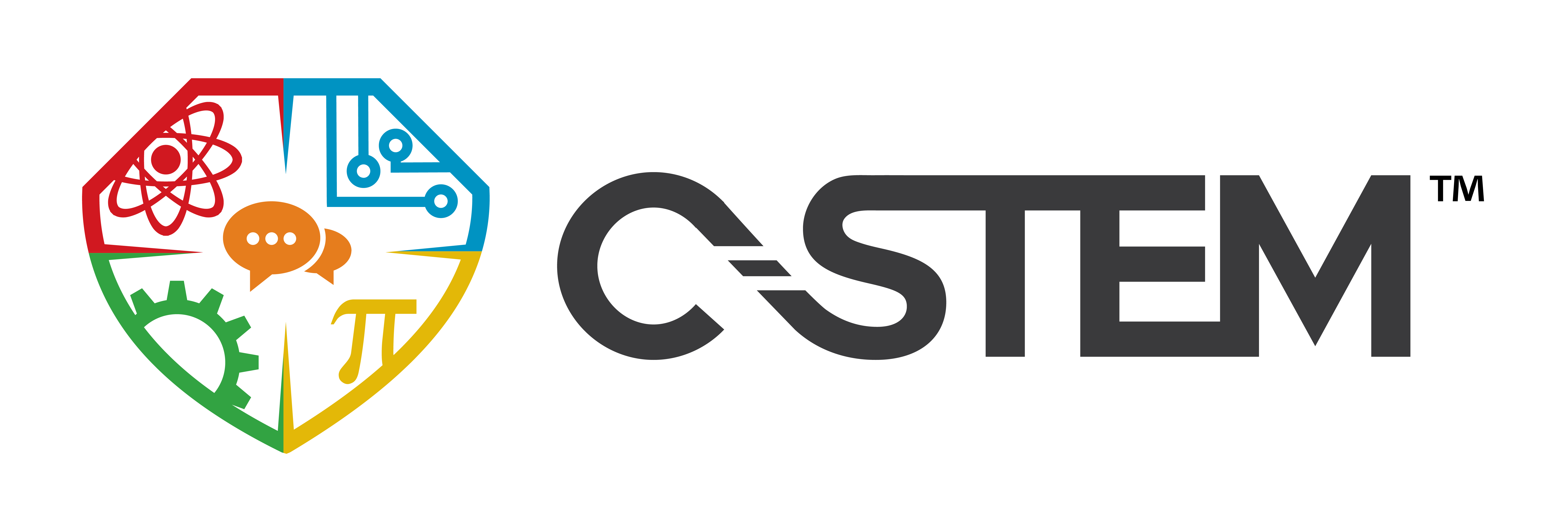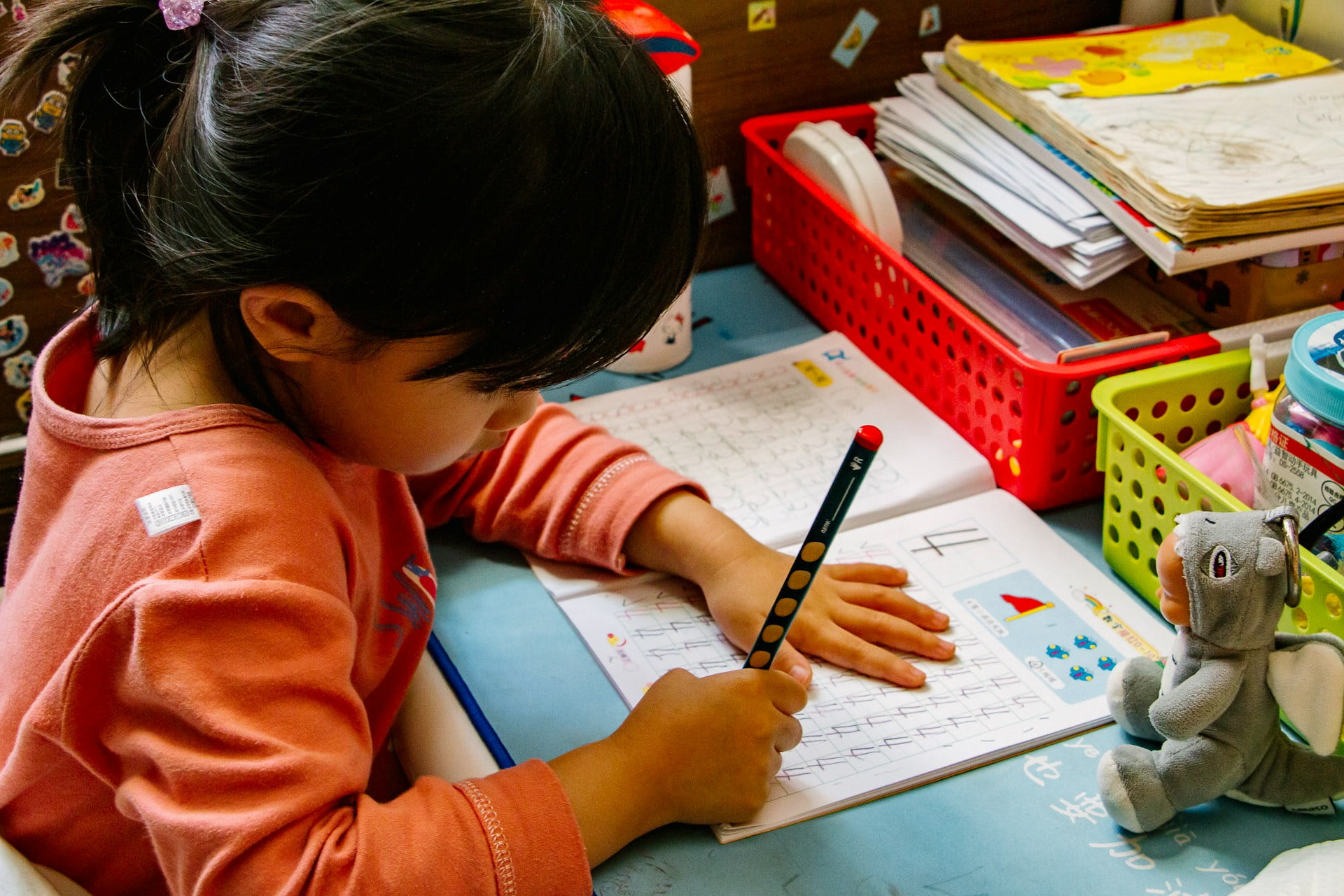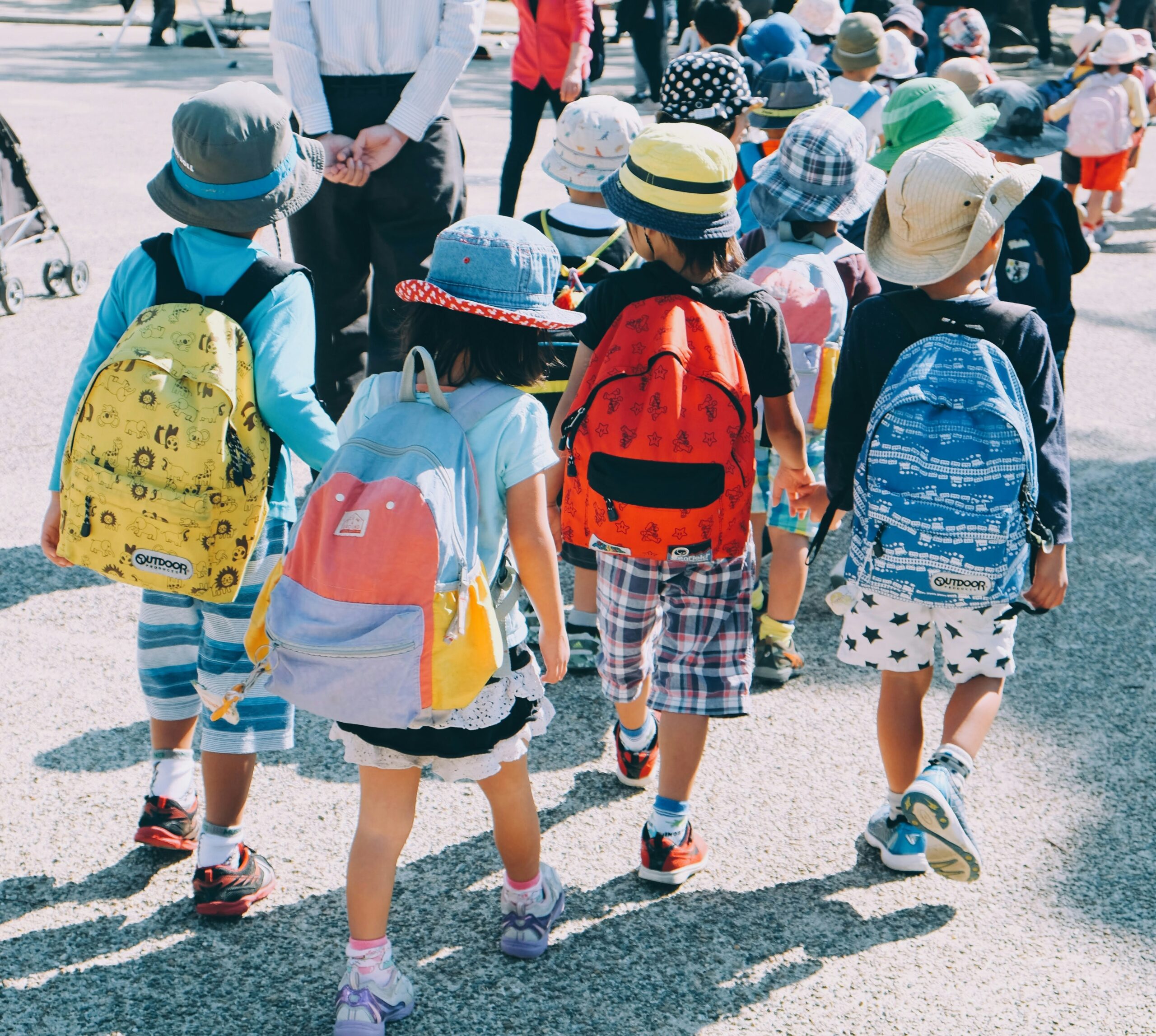Written by: Reagan Flowers, PhD
As the calendar flips to 2024, the world of PreK-12 education stands at a crossroads, a juncture where the past meets the future, and the challenges and opportunities of a new year beckon. It’s a story of resilience and innovation, of hurdles to overcome and promising horizons to explore.
2024 Education Challenges
The tale begins with the echoes of a crisis that swept the globe—COVID-19. Since its onset, our schools have grappled with the aftershocks, and as we look ahead, we see lingering challenges that must be met head-on.
Chronic Absenteeism
In recent years, the specter of chronic absenteeism has loomed large over our educational landscape. Students missing at least 10% of school days became an alarming trend, doubling in many states and districts between the 2018-19 and 2021-22 school years. This statistic hit hardest in schools with the highest poverty levels, affecting nearly 70% of their students.
The pandemic further exacerbated the problem, creating a chasm that seemed insurmountable. However, amidst the darkness, there were glimmers of hope. According to FutureEd, of the 31 states that reported data from the 2022-23 school year, 26 saw a slight decline in chronic absenteeism. It is a reminder that with diligent tracking and a determination to get to the root causes, schools can begin to address this pressing issue.
Lack of Additional Funding
In the midst of the pandemic storm, Congress allocated an unprecedented $190 billion in one-time funding to schools and districts. Yet, the clock is ticking, and by September 30, 2024, this lifeline will run dry. School districts must now navigate a treacherous path, reevaluating their budgets to account for this loss of funding. Some may rely on private funding or federal grants, while others may see programs scaled back or cut entirely. In this tumultuous climate, organizations like C-STEM seek to fill the gaps and provide supplemental programming for students in need.
Declining Enrollment
The winds of change have also touched upon enrollment, reshaping district budgets and forcing tough decisions. Public school enrollment, which had gradually increased between 2010 and 2019, plummeted by 3% in the first year of the pandemic, with even steeper declines in earlier grades. The Brookings Institute reports that high-poverty and urban areas bore the brunt of these enrollment declines.
While fewer students might imply smaller class sizes and more individualized attention, it also translates to fewer resources to propel students forward academically.
Political Issues
In the backdrop of these challenges, divisive partisan politics have seeped into our classrooms and school board meetings. With an impending presidential election on the horizon, conflicts are set to persist in 2024. Amidst the cacophony, it’s crucial to remember the core focus—equipping students with the skills they genuinely need, with STEM subjects taking center stage.
But this story isn’t just about adversity; it’s also about resilience and transformation.
2024 Education Opportunities
Many of the challenges I’ve mentioned may sound familiar, but I’d also like to look at some lesser-known areas where we’re seeing education shift focus for the better. One such practice is multi-tiered supported systems, which I mentioned in last month’s blog. Schools are setting up frameworks to meet individual student needs on several different levels. Other improvements include focus on social-emotional learning and technical skills.
Social-Emotional Learning
Amidst the chaos and uncertainty, schools are turning their attention towards social-emotional learning. These programs offer much-needed resources to help students cope with the mounting stressors of the modern world, including cyberbullying and societal pressures. Low-income students and students of color, who face additional daily challenges, benefit greatly from these initiatives. Building social-emotional resources that acknowledge these struggles is paramount, helping students find new pathways to success.
Career and Technical Education
In an era where the allure of college is dimming for some, career and technical education are stepping into the spotlight. Enrollment in traditional higher education has dwindled since 2019, but the pandemic has also sparked a renewed interest in alternative pathways. High school graduates are exploring opportunities in STEM fields through on-the-job training, two-year degrees, and trade jobs that don’t require a traditional degree.
Schools are embracing these vocational education programs, providing students with the knowledge and skills they need to succeed in promising careers. However, challenges persist, especially in underserved areas. Here’s where the broader community, including businesses and professionals, can step in to mentor and guide the next generation.
As we stand on the precipice of 2024, the story of PreK-12 education is one of hope, determination, and dreams. Challenges may loom large, but so do the opportunities to reshape our educational landscape. With organizations like C-STEM leading the way, there’s optimism that we can chart a brighter future for the students and schools we serve. The journey ahead is uncertain, but it is a journey worth embarking upon, fueled by the belief that education remains the key to unlocking limitless possibilities.







